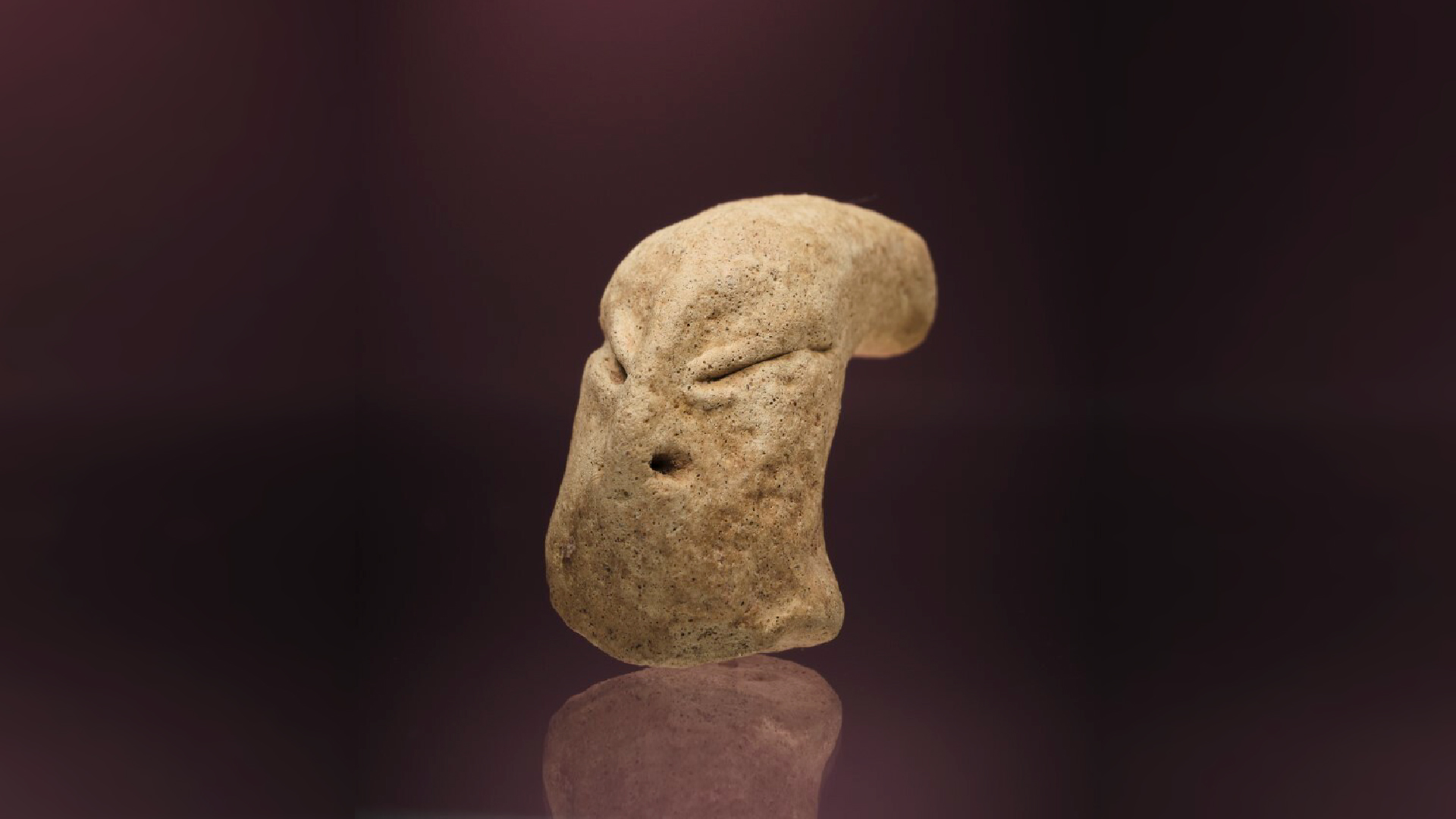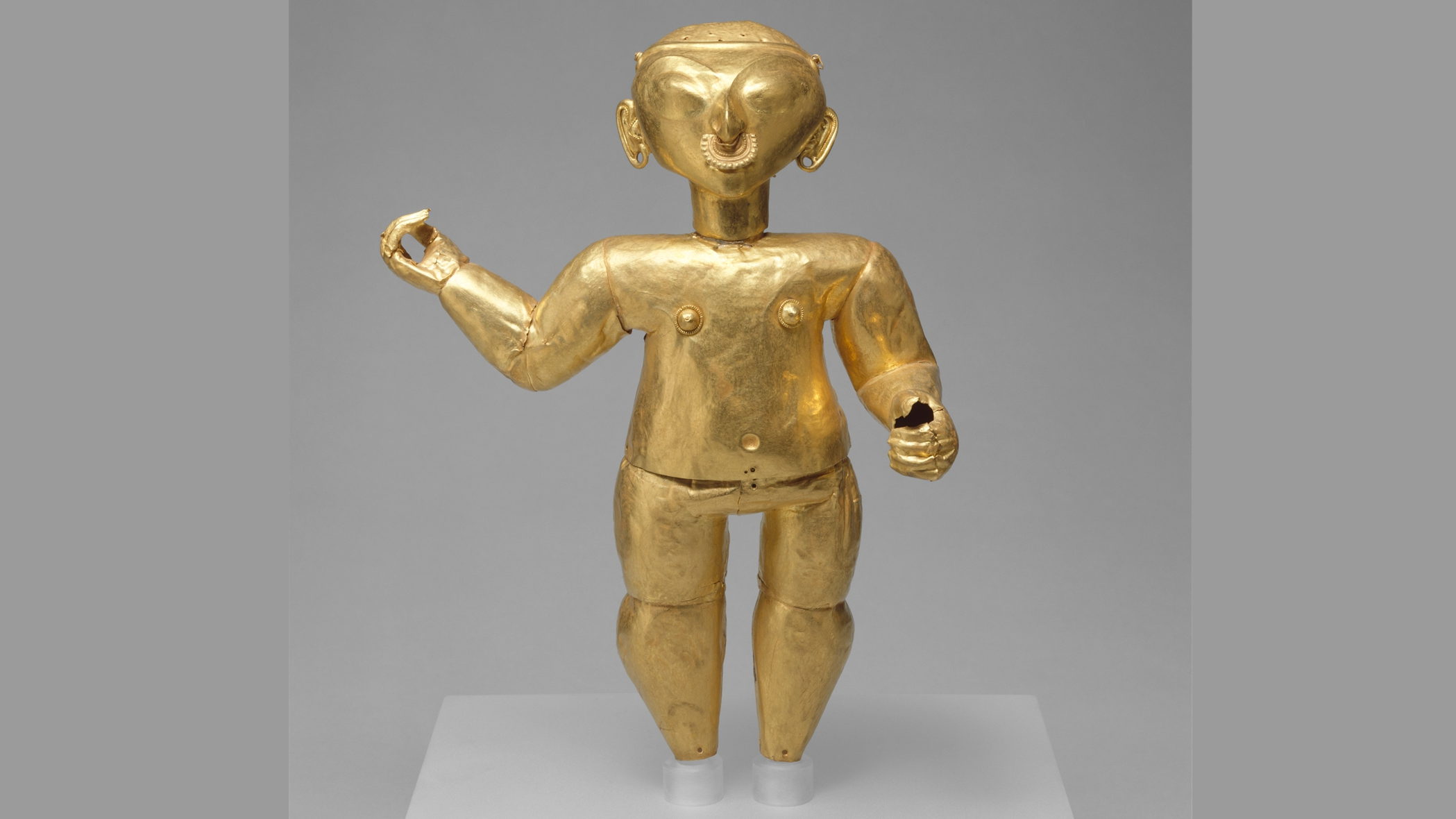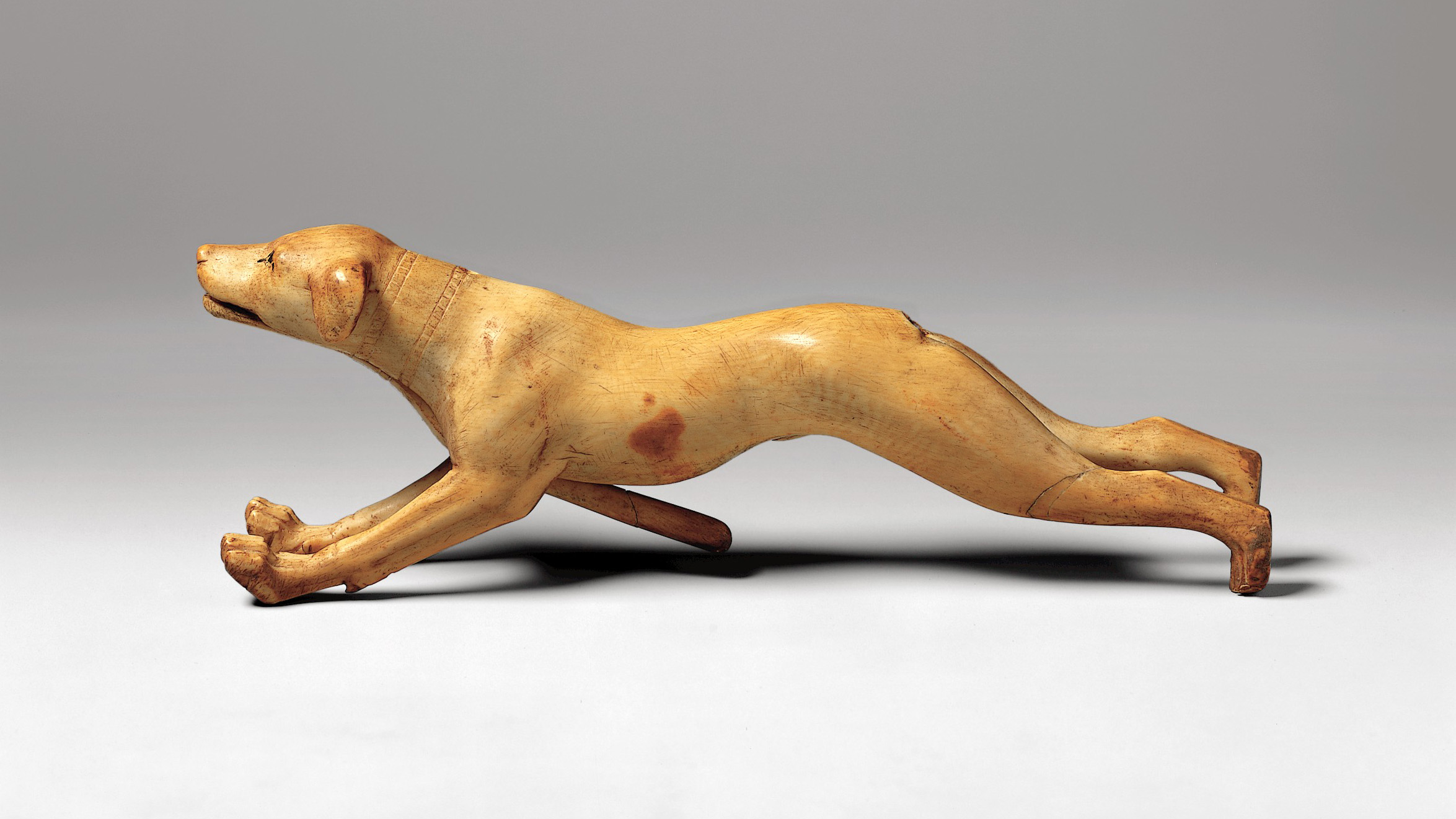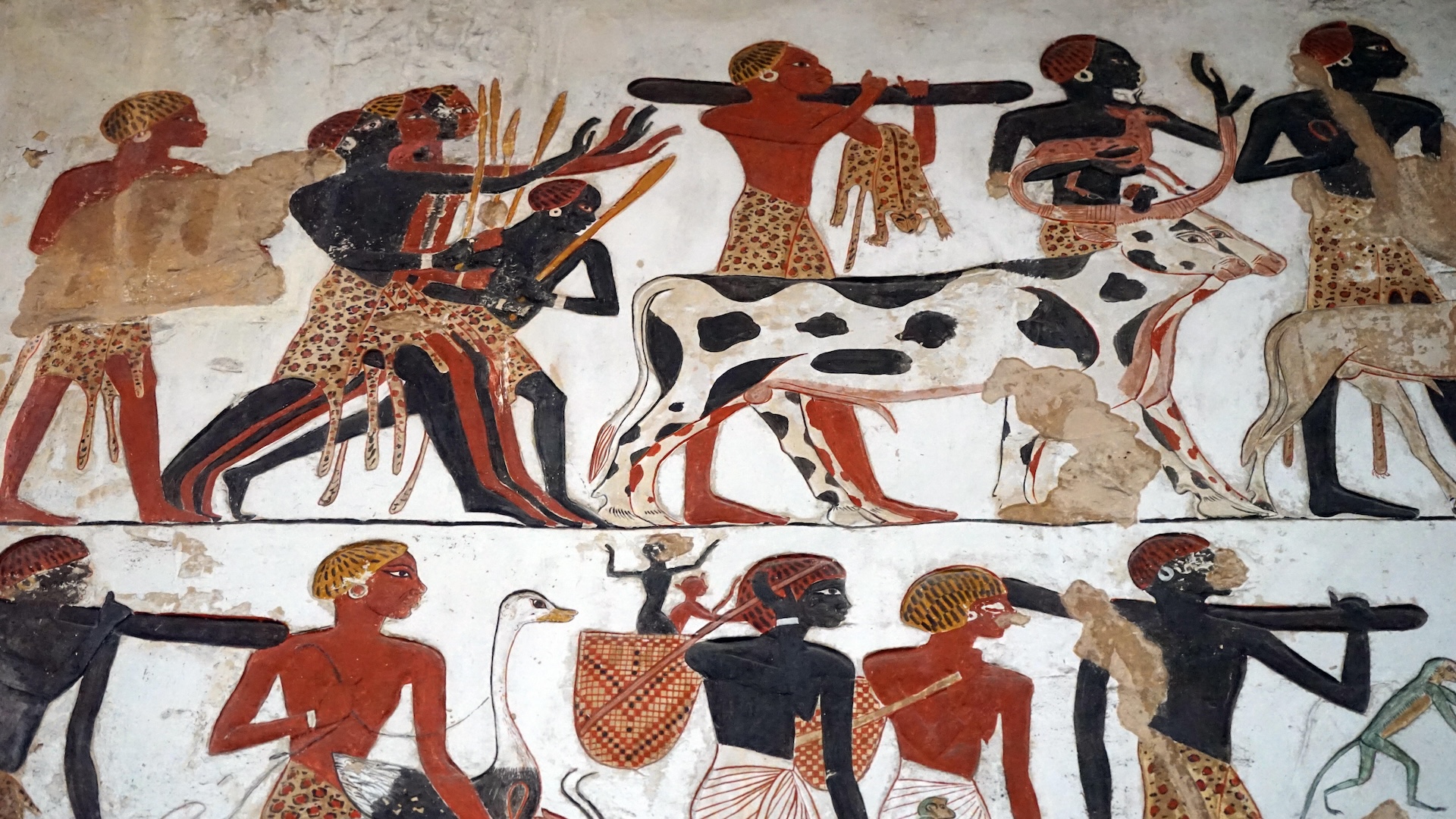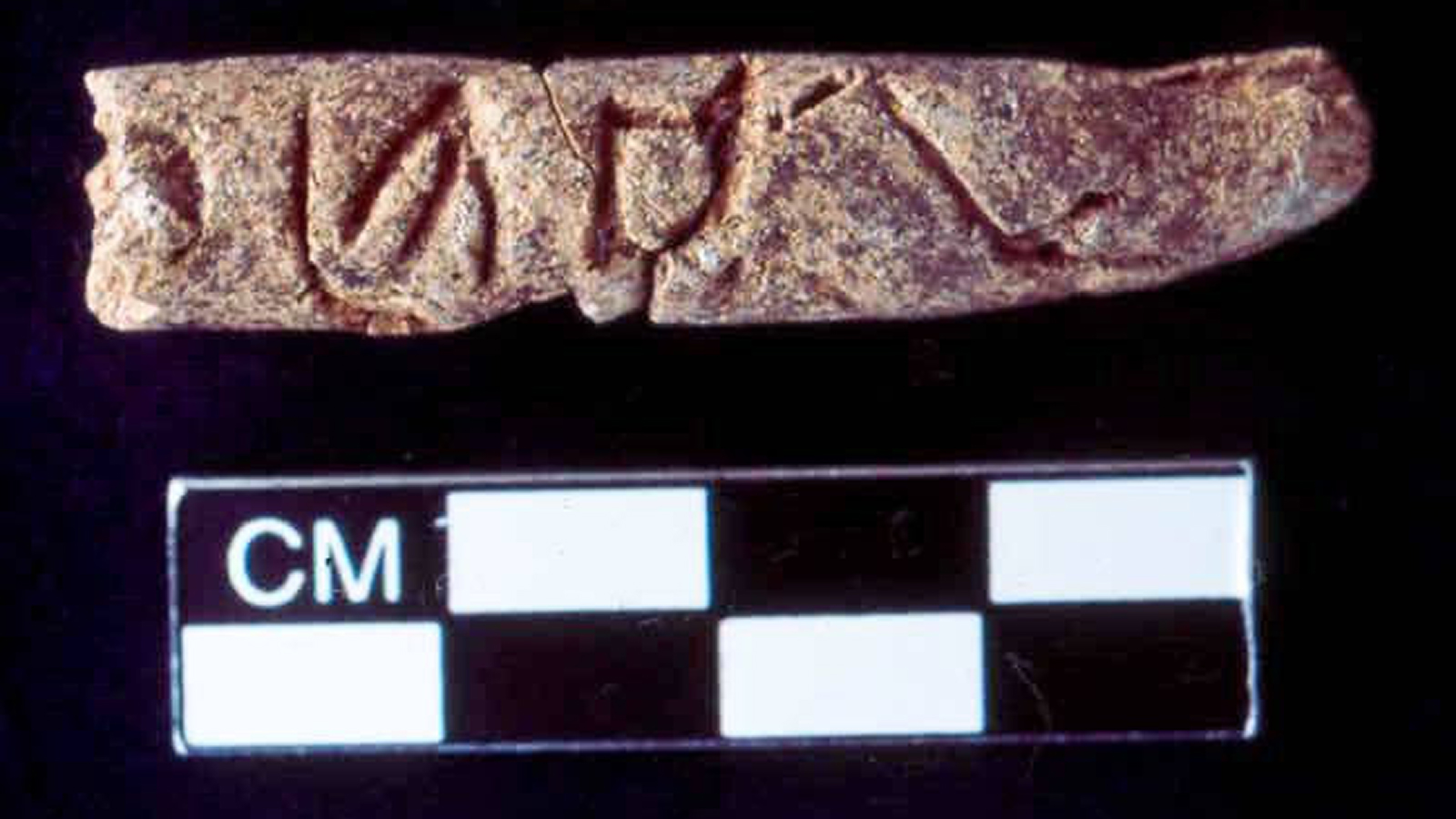Archaeology news, features and articles
Explore Archaeology
Editor's Picks
Latest about Archaeology
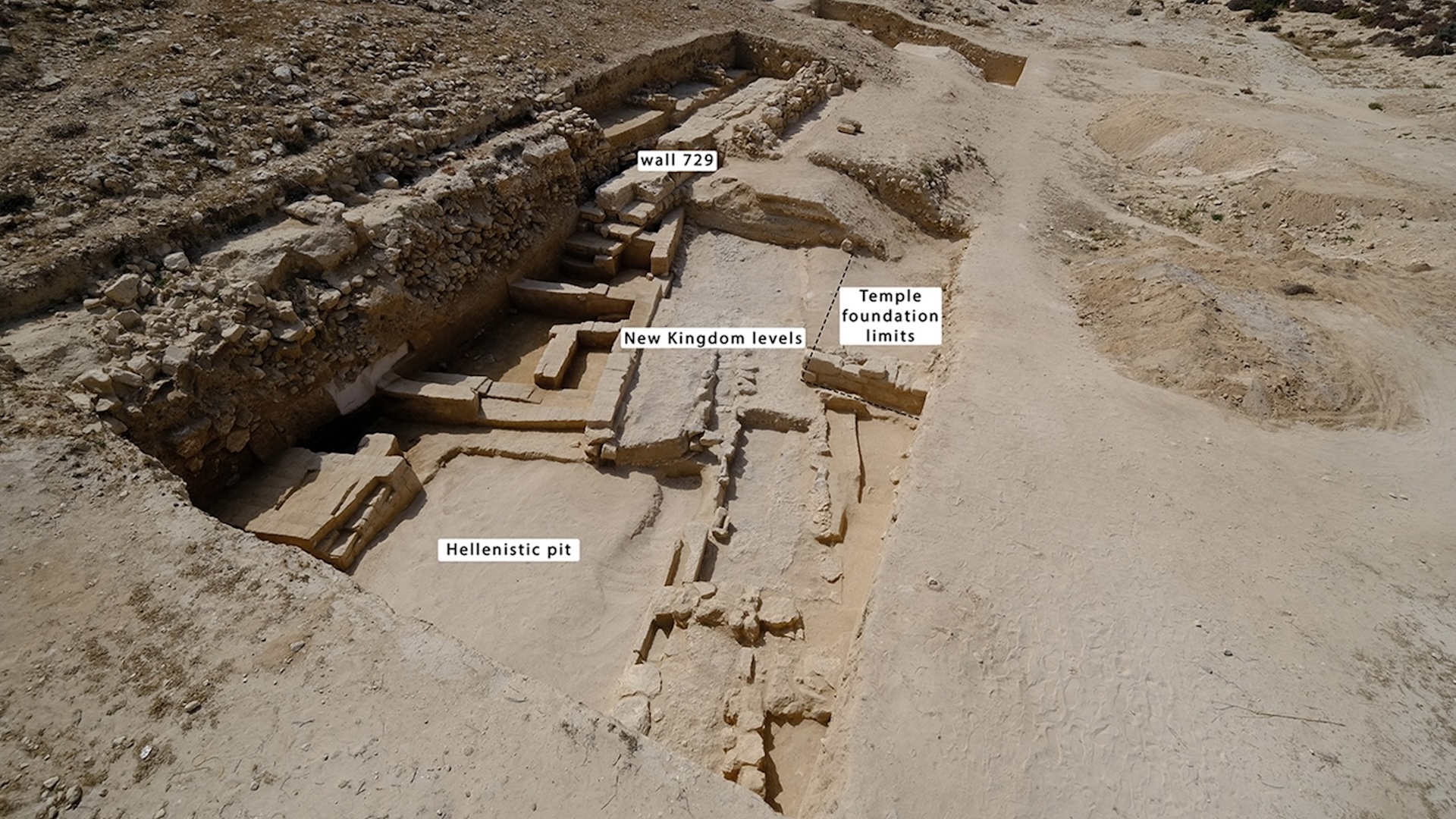
'Major' ancient Egyptian town discovered — and it has a jug stamped with the name of Nefertiti's daughter
By Owen Jarus published
A settlement dating back around 3,400 years has been discovered near the Mediterranean Sea in Egypt.
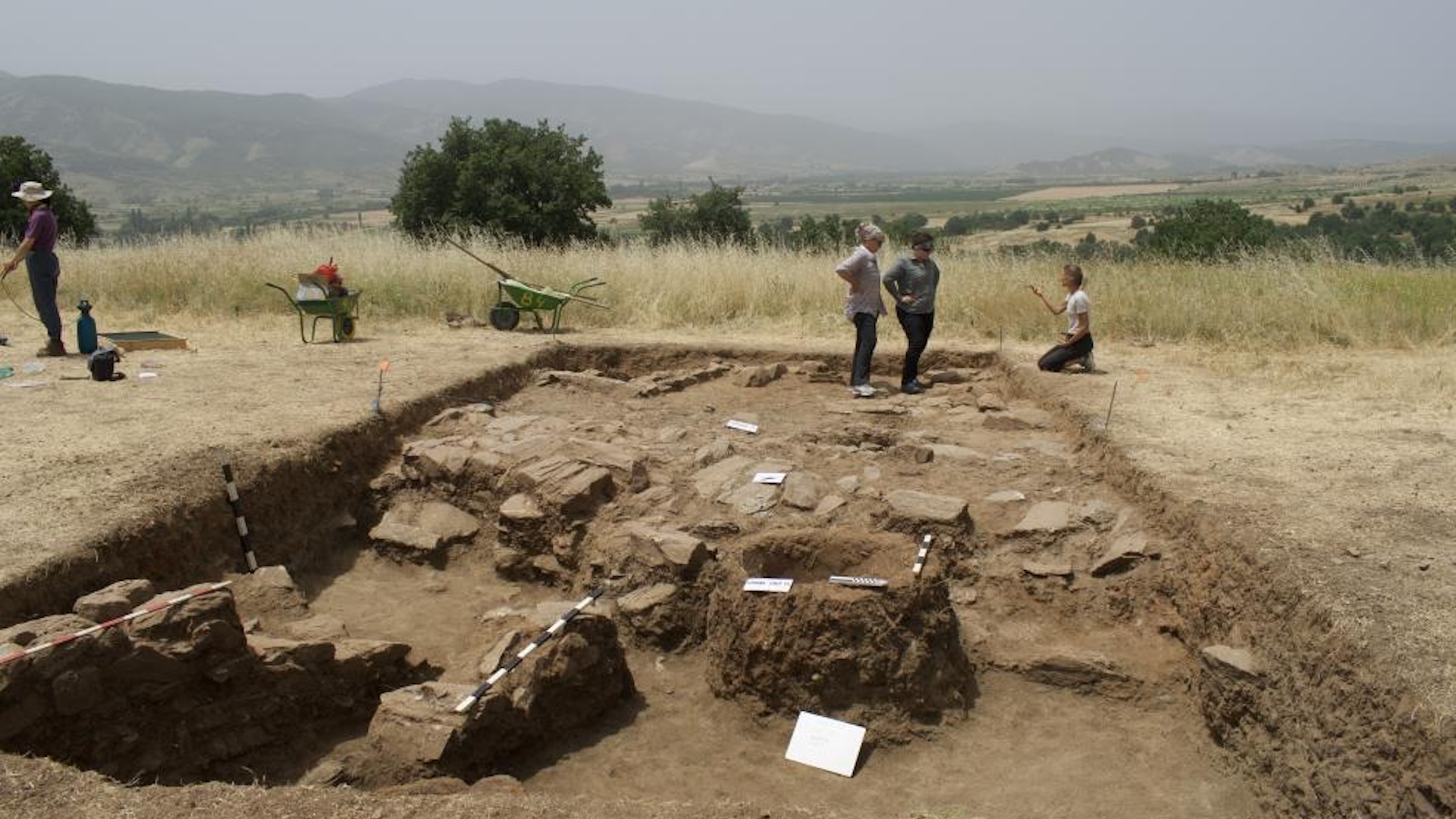
Archaeologists may have discovered the birthplace of Alexander the Great's grandmother
By Owen Jarus published
Remains of what may be the ancient capital city of the Kingdom of Lyncestis have been found in North Macedonia.
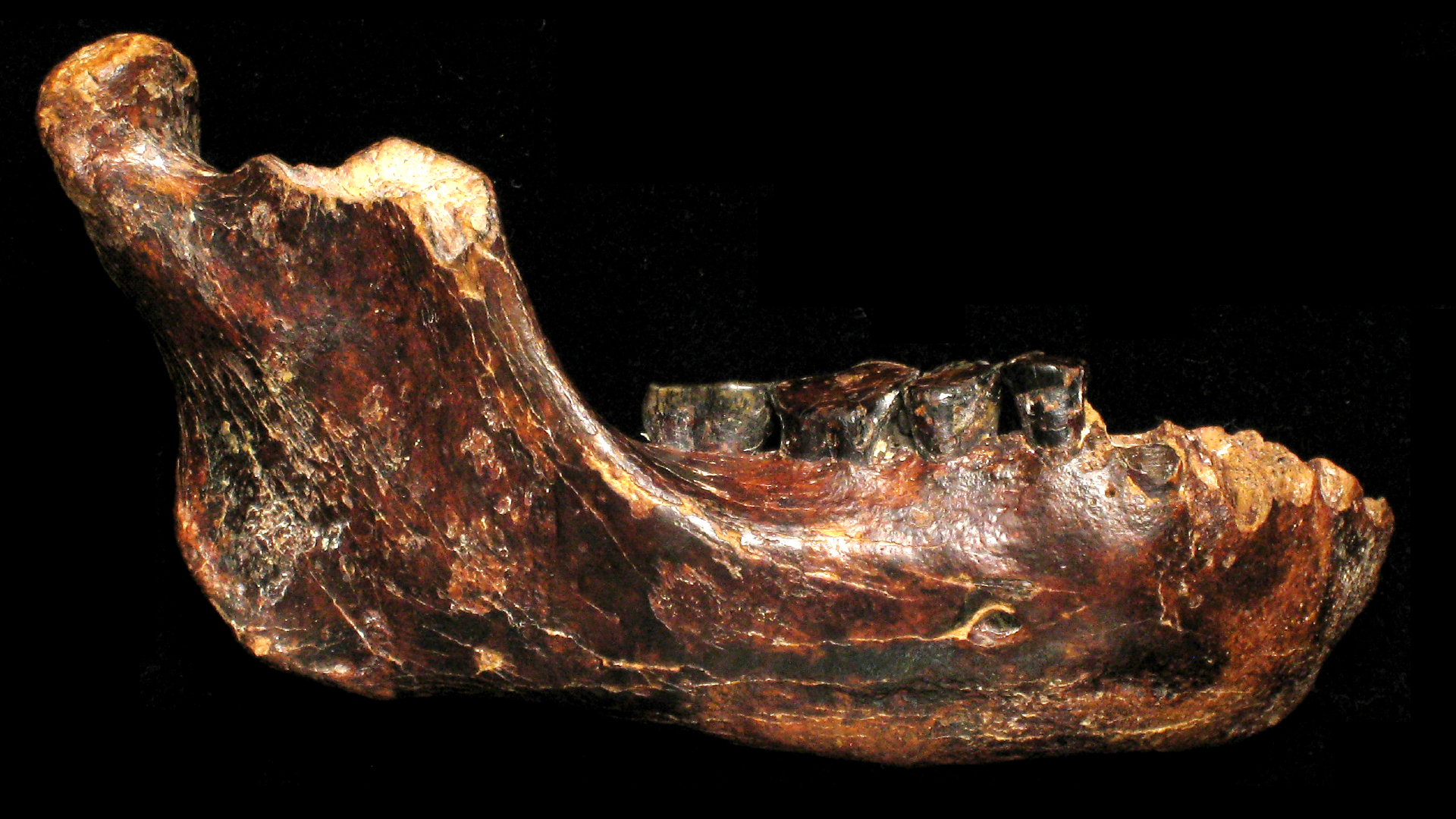
Extremely rare Denisovan jawbone confirms human cousins spread across Asia
By Kristina Killgrove published
Researchers have determined that a mysterious jawbone discovered on the seafloor off the coast of Taiwan was Denisovan, proving that the archaic humans were distributed widely over Asia.
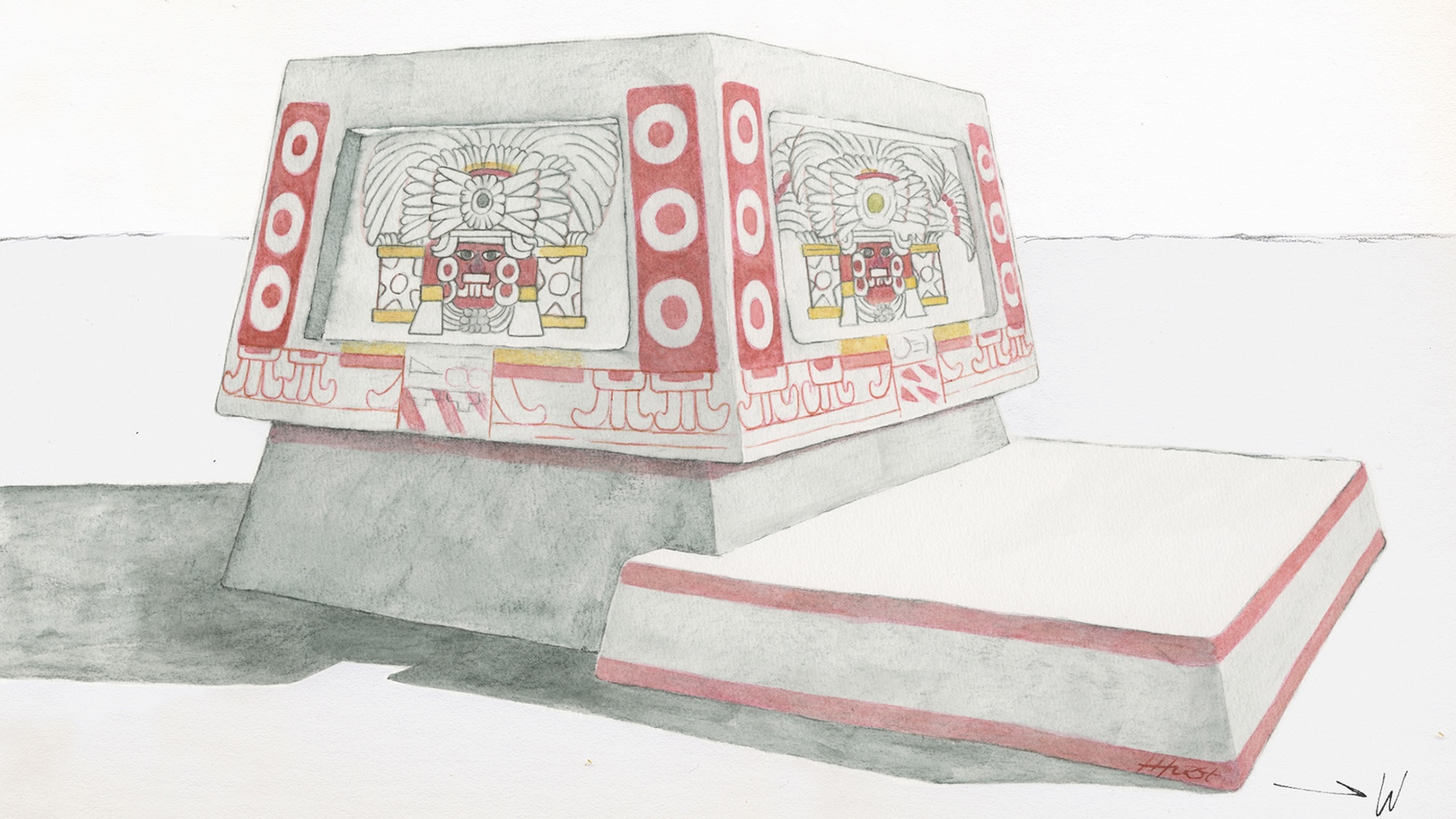
Strange altar found at Tikal wasn't made by the Maya — and it has at least 4 people buried inside it
By Skyler Ware published
A recently unearthed altar in Tikal holds the burial of a child and adult, but it wasn't built by the Maya. Instead, it appears foreigners from Teotihuacan built it.
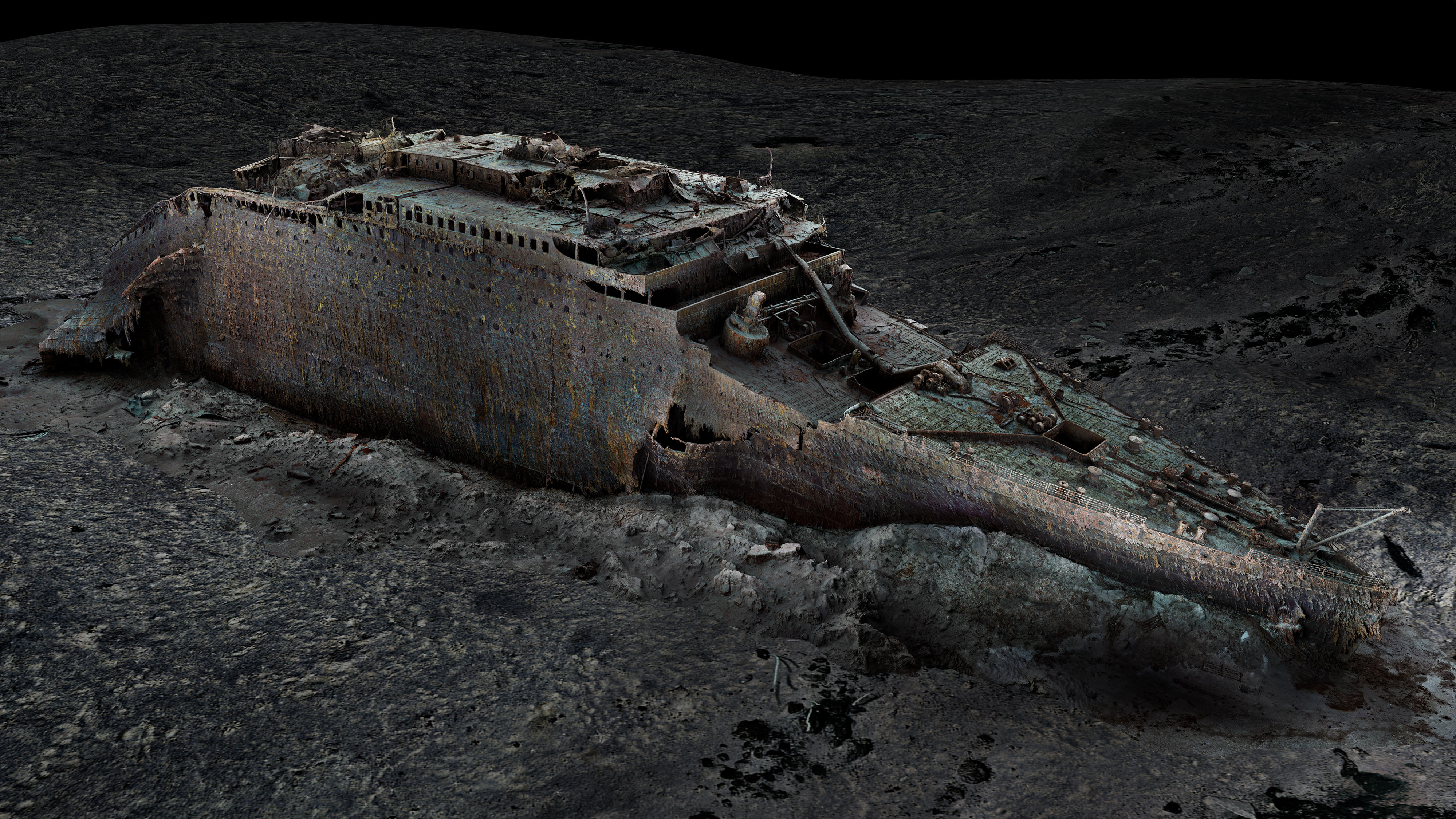
Titanic digital reconstruction sheds light on night ship sank
By Patrick Pester published
A new documentary explores the tragic final night of the RMS Titanic with the most detailed digital reconstruction of the ship ever created.
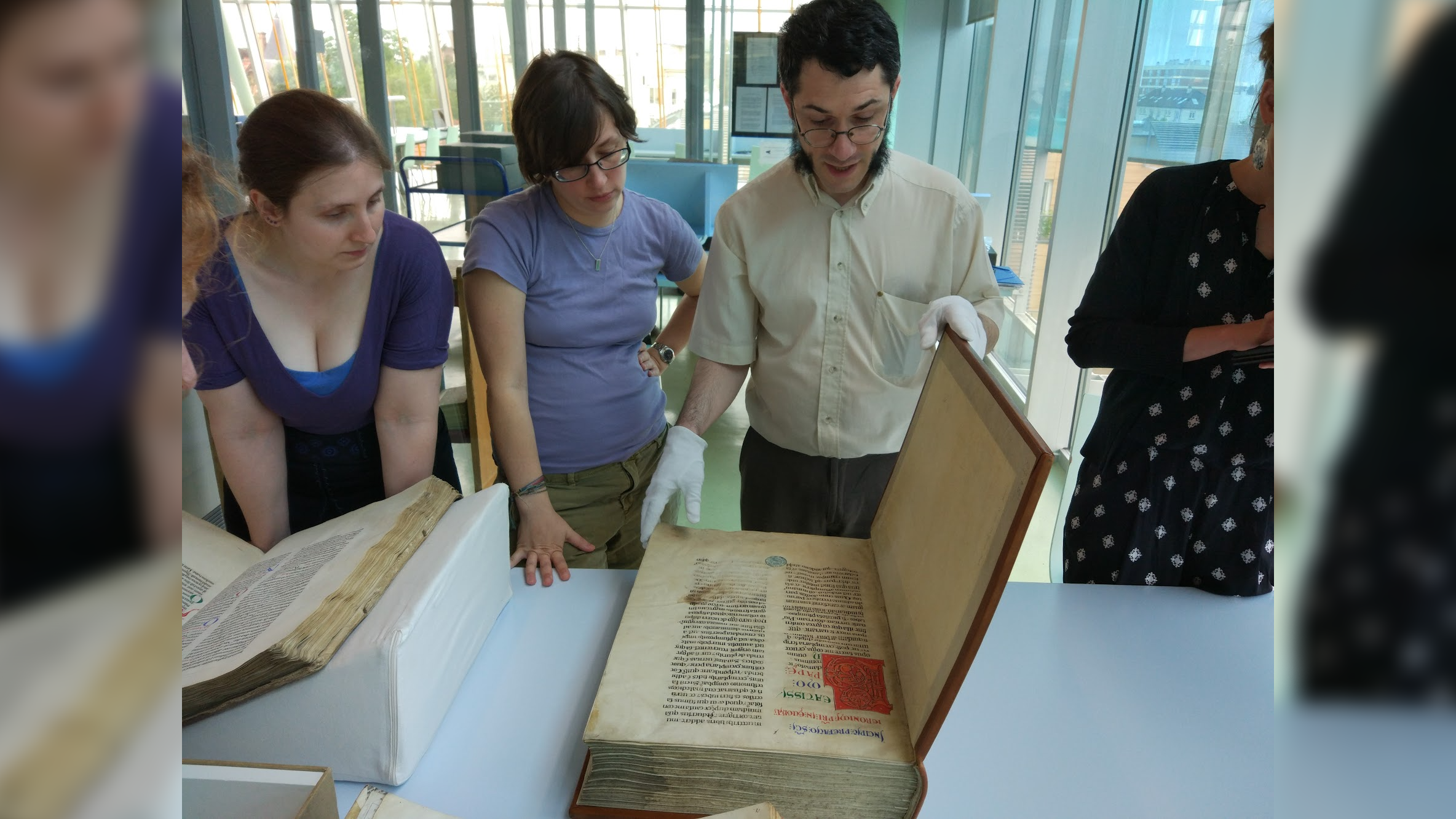
'Hairy books' were covered in sealskin by medieval monks
By Kristina Killgrove published
A scientific analysis of dozens of 12th- and 13th-century books found in European monasteries reveals they were bound in sealskins procured by Norse traders from as far away as Greenland.
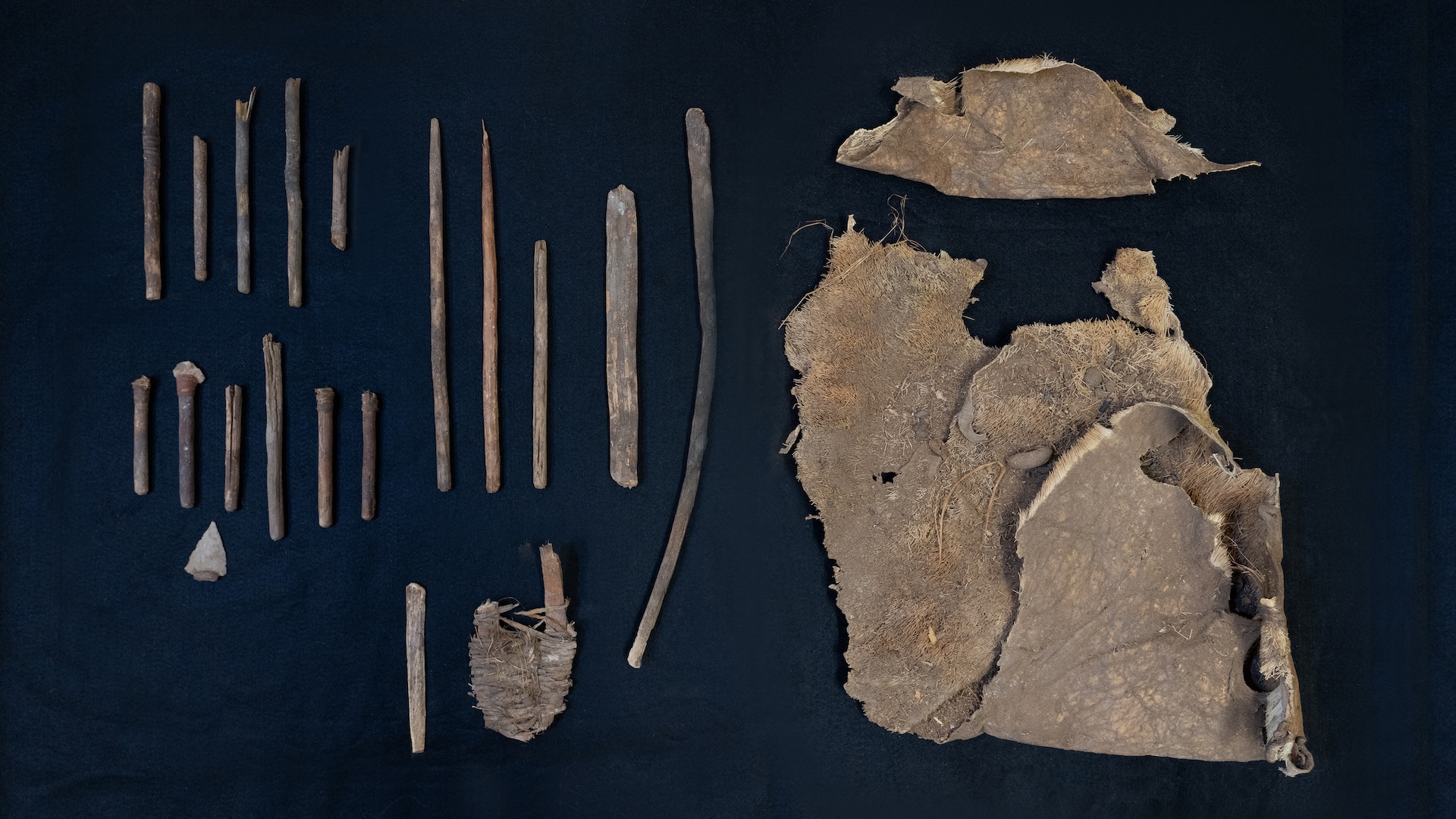
6,500-year-old hunting weapons found in Texas cave are among the oldest known in North America
By Tom Metcalfe published
The weapons from a toolkit unearthed in Texas may be the earliest ever found in North America.
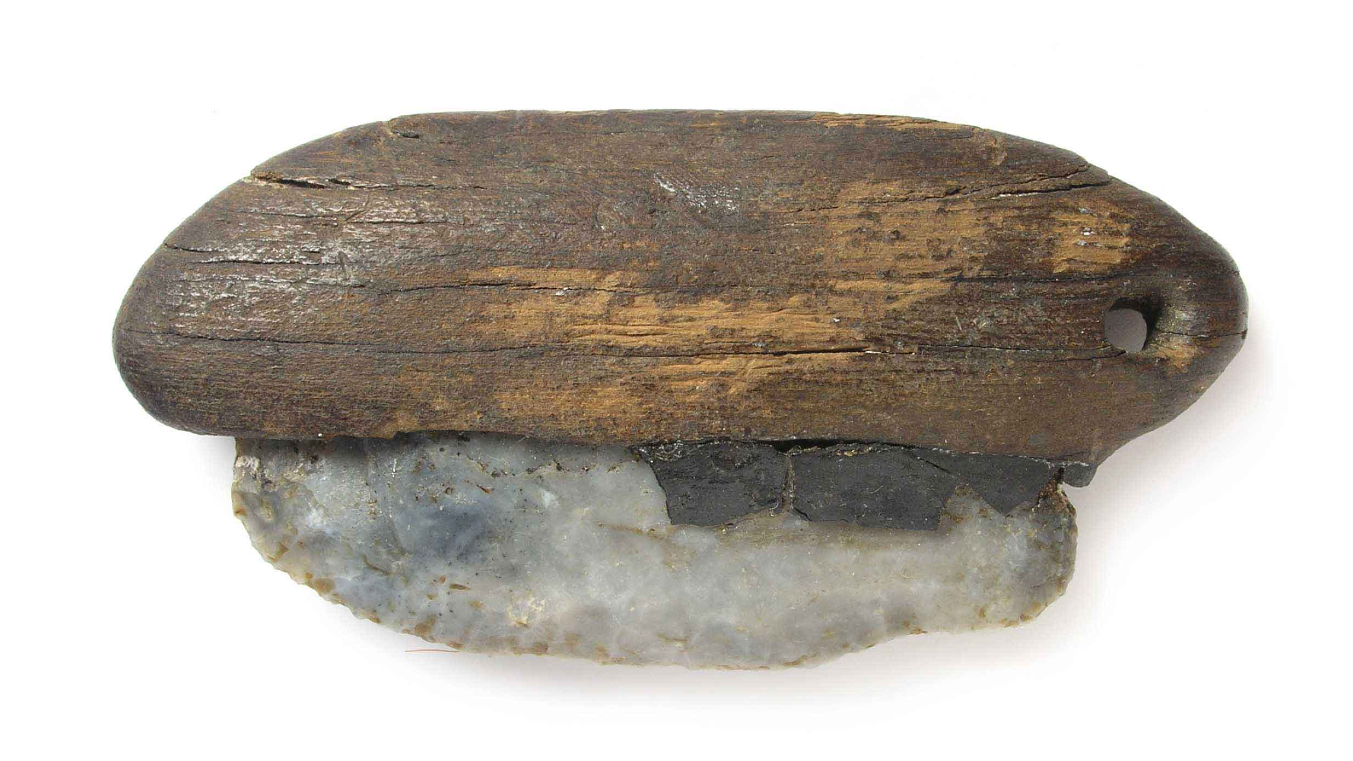
Pfyn culture flint tool: World's oldest known 'Swiss Army' knife
By Kristina Killgrove published
Over five millennia ago, Stone Age people in Central Europe crafted wooden handles for their stone tools.
Sign up for the Live Science daily newsletter now
Get the world’s most fascinating discoveries delivered straight to your inbox.
